Will Autonomous Vehicles Cause Auto Insurance Premiums To Shift From Drivers To OEMs?
The current system of calculating auto insurance premiums places a great deal of importance on driver-related factors, such as age, gender and driving record. However, with the introduction of autonomous vehicles, the spotlight will be shifted over to vehicle-related parameters, opening up a new world of risk evaluation models for the future of auto insurance.
A new report from Frost & Sullivan, Impact of Automated Vehicles on Motor Insurance Market, predicts that auto insurers will indeed move away from the driver-centric strategy to follow one or a combination of three models as autonomous vehicles become commonplace on our roads.
“Along with higher product liability, the responsibility of insuring the vehicle will shift from vehicle owners to manufacturers,” said Kamalesh Mohanarangam, Automotive and Transportation Senior Research Analyst at Frost & Sullivan. “Further, all excesses currently covered by the insured will be shared among several stakeholders, such as road-operators and local transport authorities.”
Autonomous vehicles are expected to greatly reduce the risk of car accidents, with insurance premiums that cover that risk correspondingly dropping significantly. At the same time, OEMs and suppliers will need to increase insurance spend to cover their share of product liability risk, which will offset the decrease in consumer-driven insurance revenues.
While OEMs and tier 1 suppliers will be seeking out methods to ensure foolproof product safety, methods to assess risk and to certify products will become more important. The traditional method of underwriting that uses historic data will become secondary to make way for a new breed of underwriters that are capable of evaluating driving algorithms and assigning a relevant risk priority number.
“Moreover, insurers will develop new products for risks arising out of innovations,” explained Mohanarangam. “For instance, with the digitalization of automobiles, insurers will provide cyber cover for protection against cyber-attacks and hacks.”
Most likely, as the premiums drop, auto insurance will become a component of other insurance policies and value-added packages as stakeholders seek out new avenues to generate revenue in a changing landscape.
Frost & Sullivan’s report is part of the Automotive & Transportation Growth Partnership Service program. The research analyzes and forecasts both the risks and opportunities for the auto insurance industry as autonomous vehicles become part of our society. The study intends to provide a strategic overview of the auto insurance industry and OEM involvement in this sector, while also highlighting the challenges that need to be overcome by participants and the expectations for the future of this rapidly evolving industry.



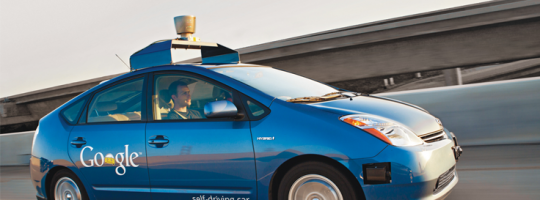

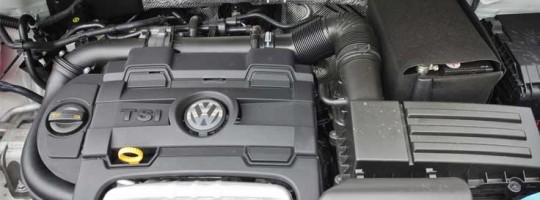
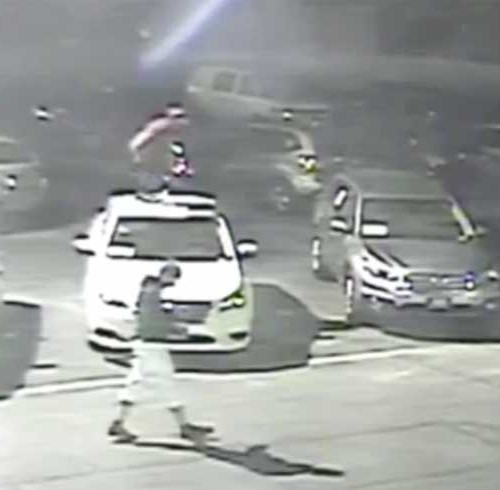


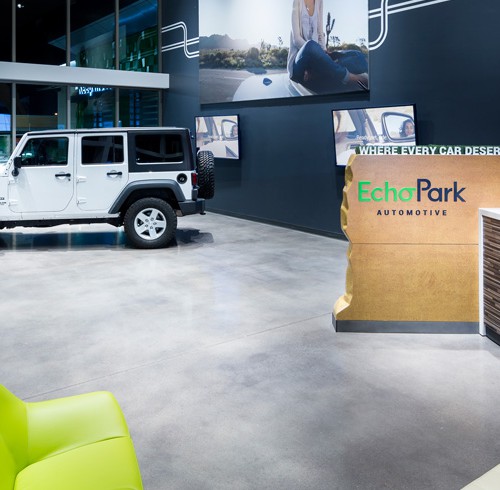
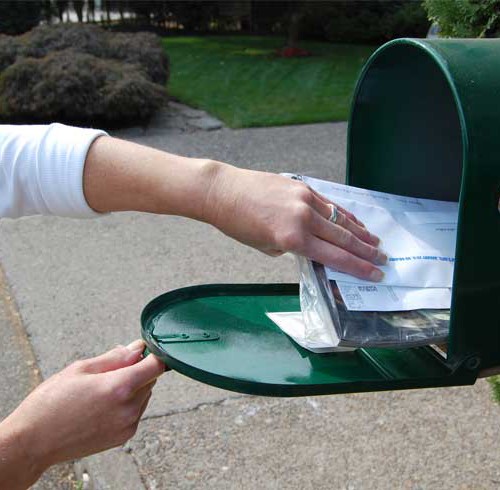


Warning: count(): Parameter must be an array or an object that implements Countable in /home/pg4b1yzvrqqo/domains/test.drivingsalesnews.com/html/wp-includes/class-wp-comment-query.php on line 399